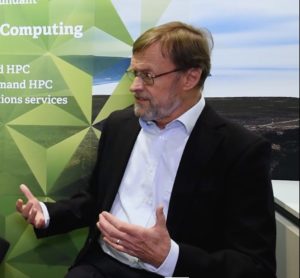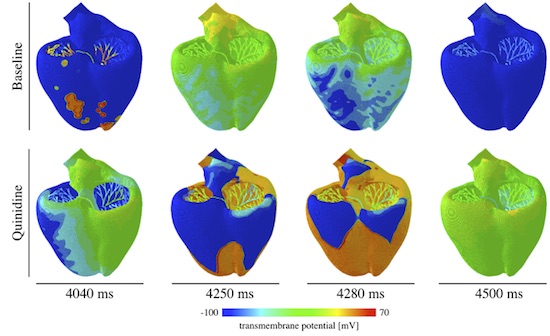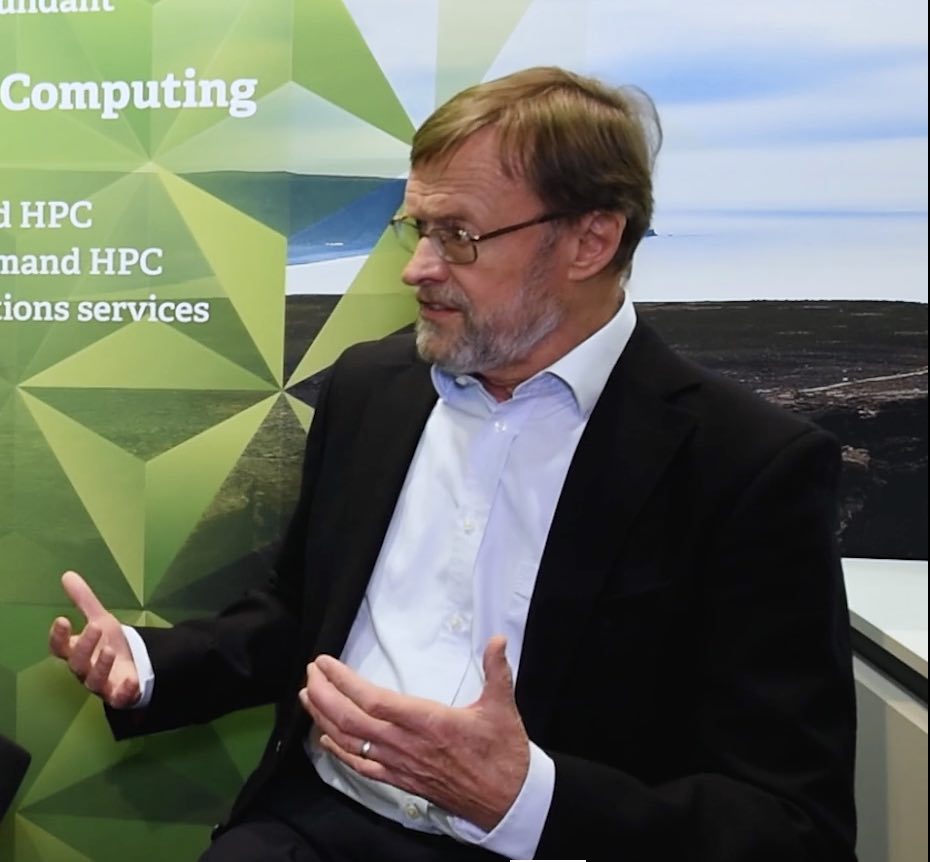 In this video, Staffan Hansson from AdvaniaDC chats with Wolfgang Gentzsch from The UberCloud about the award-winning Stanford Living Heart Project, how the partnership was so successful, and his thoughts on HPC in the cloud and what it means for the future of research.
In this video, Staffan Hansson from AdvaniaDC chats with Wolfgang Gentzsch from The UberCloud about the award-winning Stanford Living Heart Project, how the partnership was so successful, and his thoughts on HPC in the cloud and what it means for the future of research.
At SC17, Hyperion Research announced that the UberCloud and the Stanford Living Heart Project have won the Hyperion Award for Innovation Excellence. The Stanford LHP project is simulating cardiac arrhythmia, which can be an undesirable and potentially lethal side effect of drugs. The electrical activity of the heart turns chaotic, decimating its pumping function, thus diminishing the circulation of blood through the body. Some kind of cardiac arrhythmias, if not treated with a defibrillator, will cause death within minutes.
The Living Heart Project team, led by researchers from the Living Matter Laboratory at Stanford University, is proud and humbled to be selected for this Innovation Excellence Award,” said Wolfgang Gentzsch from UberCloud, who managed this project. “And we are deeply grateful for all the support from Hewlett Packard Enterprise and Intel (the sponsors), Dassault Systemes SIMULIA (for Abaqus 2017), Advania (providing HPC Cloud resources), and the UberCloud tech team for containerizing Abaqus and integrating all software and hardware components into one seamless solution stack.”
Before a new drug reaches the market, pharmaceutical companies need to check for the risk of inducing arrhythmias. Currently, this process takes years and involves costly animal and human studies. In this project, the Living Matter Laboratory of Stanford University developed a new software tool enabling drug developers to quickly assess the viability of a new compound, allowing better and safer drugs to reach the market improve patients’ lives.

Evolution of the electrical activity for the baseline case (no drug) and after the application of the drug Quinidine. The electrical propagation turns chaotic after the drug is applied, showing the high risk of Quinidine to produce arrhythmias.
A computational model able to access the response of new drug compounds rapidly and inexpensively is of great interest to pharmaceutical companies, doctors, and patients. Such a tool will increase the number of drugs that reach the market while decreasing cost and time to develop them. Hundreds of thousands of patient will be helped. However, the creation of a suitable model requires taking a multiscale approach that is computationally expensive: the electrical activity of cells is modeled in high detail and resolved simultaneously in the entire heart. Due to the fast dynamics that occur in this problem, the spatial and temporal resolutions are highly demanding.




